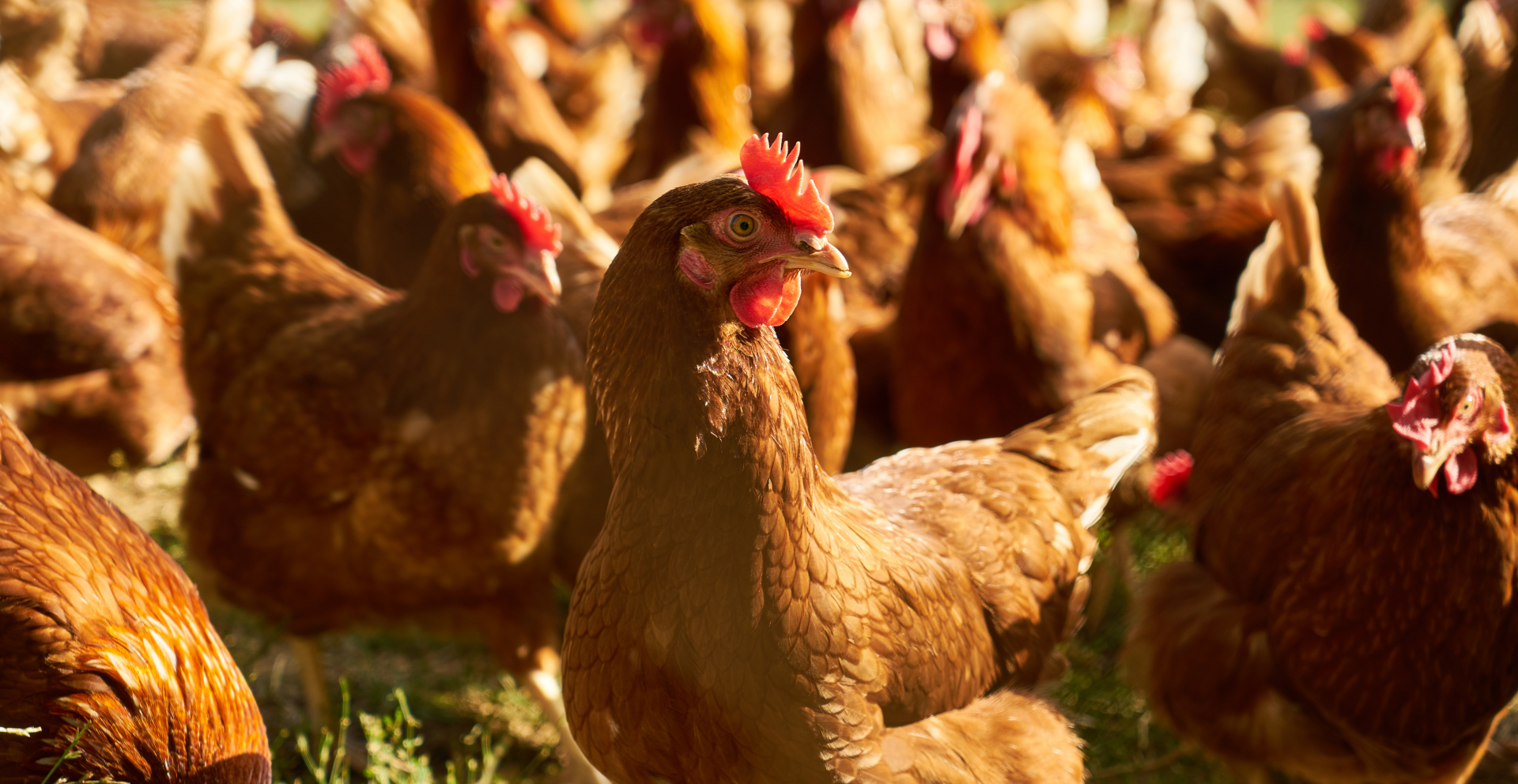What are the
Impacts of red mites on poultry?
On top of an increase in the conversion index, red mites are vectors of diseases and cause chronic stress in the hens, resulting in pecking between individuals. This results in a decrease in production parameters and an increase in mortality and impacts birds’ well-being.
There is also a deterioration of the egg quality (weight, shell strength) and also the appearance of blood-stained eggs which then cannot be sold.
In Europe the cost caused by Dermanyssus gallinae exceeds 300 million Euros each year with an average cost per hen of 0,50€ in case of medium infestation and which can exceed 2€/hen in more severe scenarios.






